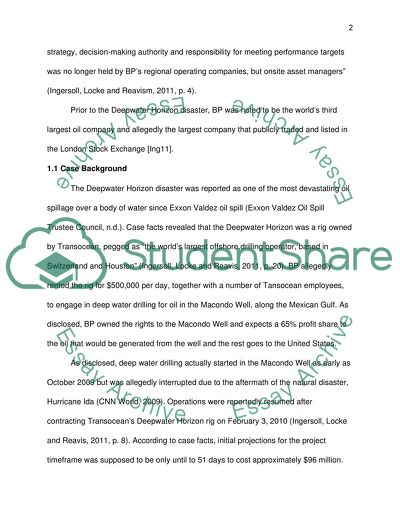Cite this document
(“Case study of: BP and the Deepwater Horizon Disaster of 2010/analyse Essay”, n.d.)
Case study of: BP and the Deepwater Horizon Disaster of 2010/analyse Essay. Retrieved from https://studentshare.org/marketing/1461168-case-study-of-bp-and-the-deepwater-horizon
Case study of: BP and the Deepwater Horizon Disaster of 2010/analyse Essay. Retrieved from https://studentshare.org/marketing/1461168-case-study-of-bp-and-the-deepwater-horizon
(Case Study Of: BP and the Deepwater Horizon Disaster of 2010/Analyse Essay)
Case Study Of: BP and the Deepwater Horizon Disaster of 2010/Analyse Essay. https://studentshare.org/marketing/1461168-case-study-of-bp-and-the-deepwater-horizon.
Case Study Of: BP and the Deepwater Horizon Disaster of 2010/Analyse Essay. https://studentshare.org/marketing/1461168-case-study-of-bp-and-the-deepwater-horizon.
“Case Study Of: BP and the Deepwater Horizon Disaster of 2010/Analyse Essay”, n.d. https://studentshare.org/marketing/1461168-case-study-of-bp-and-the-deepwater-horizon.


